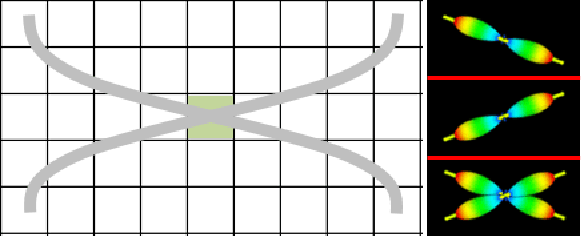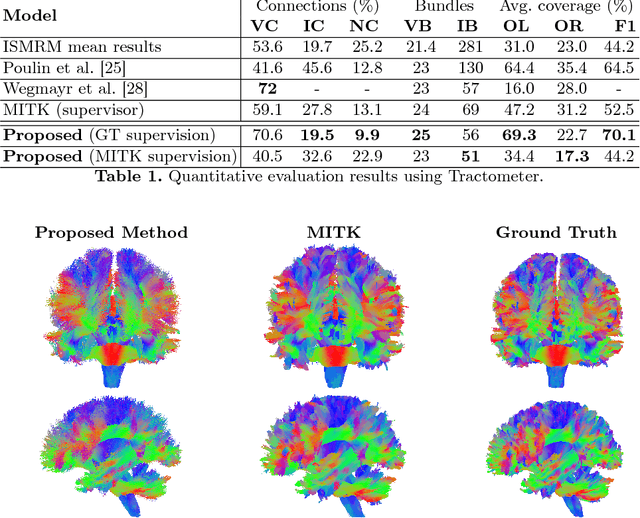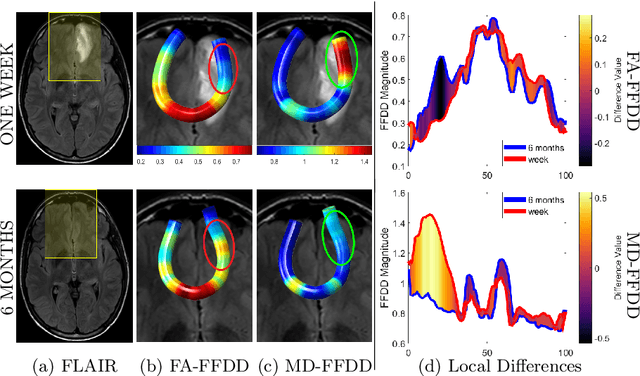Itay Benou
Show and Tell: Visually Explainable Deep Neural Nets via Spatially-Aware Concept Bottleneck Models
Feb 27, 2025Abstract:Modern deep neural networks have now reached human-level performance across a variety of tasks. However, unlike humans they lack the ability to explain their decisions by showing where and telling what concepts guided them. In this work, we present a unified framework for transforming any vision neural network into a spatially and conceptually interpretable model. We introduce a spatially-aware concept bottleneck layer that projects "black-box" features of pre-trained backbone models into interpretable concept maps, without requiring human labels. By training a classification layer over this bottleneck, we obtain a self-explaining model that articulates which concepts most influenced its prediction, along with heatmaps that ground them in the input image. Accordingly, we name this method "Spatially-Aware and Label-Free Concept Bottleneck Model" (SALF-CBM). Our results show that the proposed SALF-CBM: (1) Outperforms non-spatial CBM methods, as well as the original backbone, on a variety of classification tasks; (2) Produces high-quality spatial explanations, outperforming widely used heatmap-based methods on a zero-shot segmentation task; (3) Facilitates model exploration and debugging, enabling users to query specific image regions and refine the model's decisions by locally editing its concept maps.
Pure Noise to the Rescue of Insufficient Data: Improving Imbalanced Classification by Training on Random Noise Images
Dec 16, 2021



Abstract:Despite remarkable progress on visual recognition tasks, deep neural-nets still struggle to generalize well when training data is scarce or highly imbalanced, rendering them extremely vulnerable to real-world examples. In this paper, we present a surprisingly simple yet highly effective method to mitigate this limitation: using pure noise images as additional training data. Unlike the common use of additive noise or adversarial noise for data augmentation, we propose an entirely different perspective by directly training on pure random noise images. We present a new Distribution-Aware Routing Batch Normalization layer (DAR-BN), which enables training on pure noise images in addition to natural images within the same network. This encourages generalization and suppresses overfitting. Our proposed method significantly improves imbalanced classification performance, obtaining state-of-the-art results on a large variety of long-tailed image classification datasets (CIFAR-10-LT, CIFAR-100-LT, ImageNet-LT, Places-LT, and CelebA-5). Furthermore, our method is extremely simple and easy to use as a general new augmentation tool (on top of existing augmentations), and can be incorporated in any training scheme. It does not require any specialized data generation or training procedures, thus keeping training fast and efficient
DeepTract: A Probabilistic Deep Learning Framework for White Matter Fiber Tractography
Dec 12, 2018



Abstract:We present DeepTract, a deep-learning framework for estimation of white matter fibers orientation and streamline tractography. We take a data-driven approach for fiber reconstruction from raw diffusion MRI, without assuming a specific diffusion model. We use a recurrent neural network for mapping sequences of diffusion-weighted imaging (DWI) values into probabilistic fiber orientation distributions. Based on these estimations, our model can perform both deterministic and probabilistic tractography on unseen DWI datasets. We quantitatively evaluate our method using the Tractometer tool, demonstrating comparable performance to state-of-the-art classical and DL-based methods. We further present qualitative results of bundle-specific probabilistic tractography of our method.
Fiber-Flux Diffusion Density for White Matter Tracts Analysis: Application to Mild Anomalies Localization in Contact Sports Players
Sep 18, 2017



Abstract:We present the concept of fiber-flux density for locally quantifying white matter (WM) fiber bundles. By combining scalar diffusivity measures (e.g., fractional anisotropy) with fiber-flux measurements, we define new local descriptors called Fiber-Flux Diffusion Density (FFDD) vectors. Applying each descriptor throughout fiber bundles allows along-tract coupling of a specific diffusion measure with geometrical properties, such as fiber orientation and coherence. A key step in the proposed framework is the construction of an FFDD dissimilarity measure for sub-voxel alignment of fiber bundles, based on the fast marching method (FMM). The obtained aligned WM tract-profiles enable meaningful inter-subject comparisons and group-wise statistical analysis. We demonstrate our method using two different datasets of contact sports players. Along-tract pairwise comparison as well as group-wise analysis, with respect to non-player healthy controls, reveal significant and spatially-consistent FFDD anomalies. Comparing our method with along-tract FA analysis shows improved sensitivity to subtle structural anomalies in football players over standard FA measurements.
 Add to Chrome
Add to Chrome Add to Firefox
Add to Firefox Add to Edge
Add to Edge